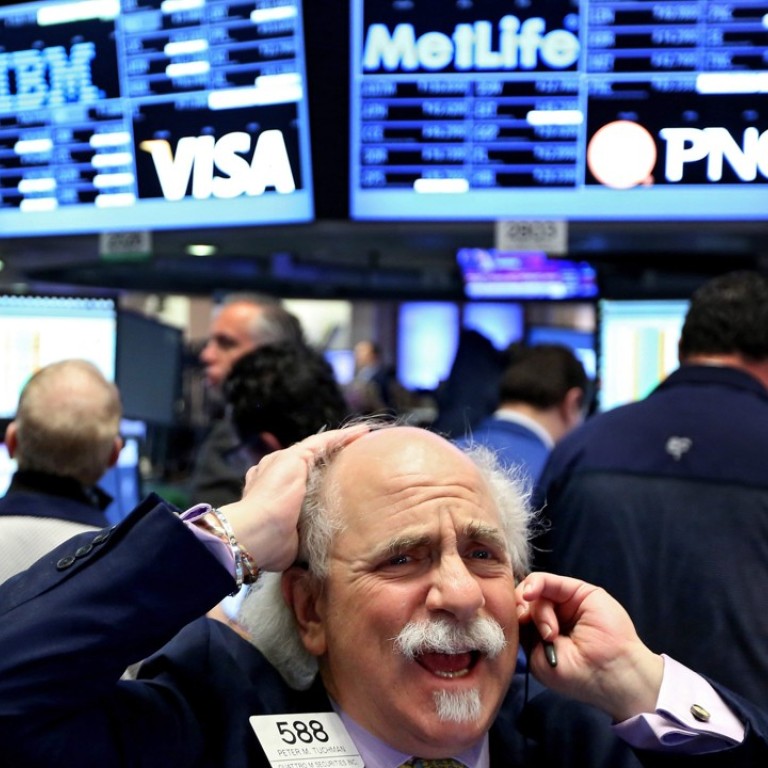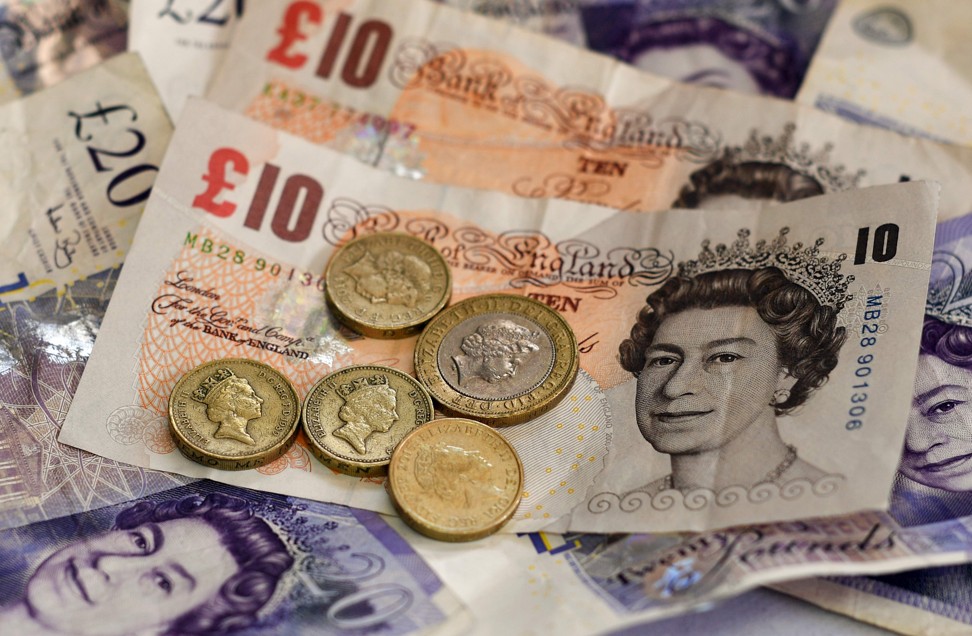
The market’s ‘buy the dip’ mindset is close to breaking point
It would also be a mistake to be overly confident. At some point, a dip will turn into a nasty sell-off. The only question is when.
It only took three trading days.
After surging 44 per cent last Thursday to its highest level since Donald Trump’s upset victory in the US presidential election, the Vix index - the so-called “fear gauge” of Wall Street that’s been roused from its slumber by escalating tensions on the Korean peninsula - had already fallen back by Tuesday morning back to the level just before the geopolitical standoff.
So much for fears that Trump’s bellicose rhetoric would trigger a sharp and sustained sell-off.
The speed at which global equities recovered from last week’s North Korea-driven decline is the latest example of international investors’ inclination to hold their nerve and “buy the dip” whenever markets take a tumble.

The resilience of markets stems mostly from eight years of ultra-loose monetary policy, which has heavily distorted asset prices, desensitising investors and traders to all sorts of risks in the global economy.
Artificially low bond yields are providing a major fillip to equity and credit markets at a time when growth is picking up, particularly in Europe.
The latest global outlook by Standard Chartered, aptly entitled Goldilocks extends, underscores the prevailing market view that inflation is subdued enough to keep interest rates at relatively low levels while growth is strong enough to buoy sentiment and boost corporate earnings.
Yet the “buy the dip” trading strategy, while proving difficult to break, is under mounting strain and is starting to come apart at the seams.

The most conspicuous area of vulnerability right now is the frothy US corporate bond market.
Just as tensions between Washington and Pyongyang escalated at the end of last week, Tesla, the unprofitable electric carmaker, sold a US$1.8 billion eight-year “junk” (or non-investment grade) bond at a yield of just 5.3 per cent, a record low coupon for a bond of its rating and maturity.
It sold its debt, moreover, just as spreads, or the risk premium, on US junk bonds shot up 35 basis points last week, the biggest weekly rise since April, according to Bloomberg.
Morgan Stanley is now warning that the high-yield bond market is undergoing a correction and that investors should consider betting against the asset class.
It is also unclear how much more political and geopolitical turmoil markets can take without sentiment being undermined more severely.
Investment strategists are increasingly concerned about Trump’s crisis-ridden presidency and its implications for markets.
In an unusually trenchant critique of the Trump administration from an investment bank, a research report from Alliance Bernstein entitled The end of the Asia rally…Is the US becoming a “Rogue State”? warns that Trump’s warmongering and incendiary rhetoric pose a serious threat to markets: “Apocalyptic ranting at North Korea reflect a lack of judgement that Asian markets simply cannot weather indefinitely.”
This comes at a time when Trump’s domestic political woes are severely undermining confidence in his ability to push through a package of aggressive tax cuts.
In the latest monthly fund manager survey published by Bank of America Merrill Lynch on Tuesday, only a third of respondents believe corporate profits will improve over the next year, compared with 58 per cent in January.
Risks and vulnerabilities in markets have been piling up for some time now, yet investors continue to buy the dip.
If even the prospect of a further withdrawal of monetary stimulus - the fuel for the buy-the-dip trade - is failing to spook investors, then surely it would be wrong to underestimate the resilience of markets.
Yet it would also be a mistake to be overly confident. At some point, a dip will turn into a nasty sell-off. The only question is when.
Nicholas Spiro is a partner at Lauressa Advisory

